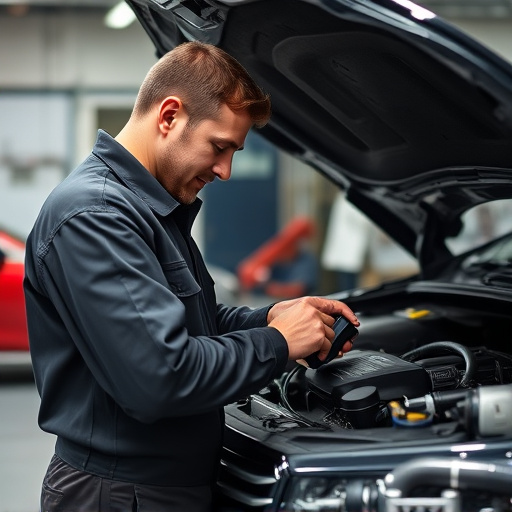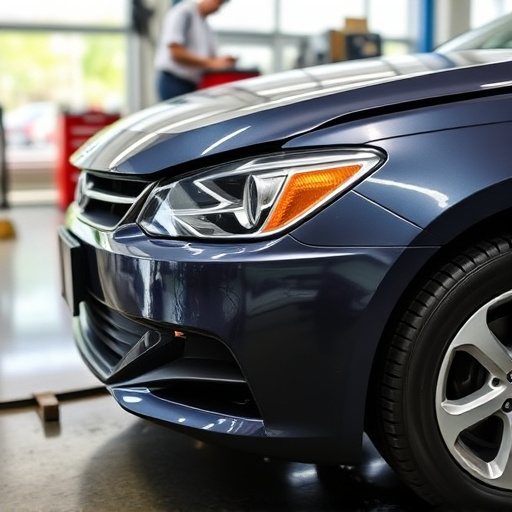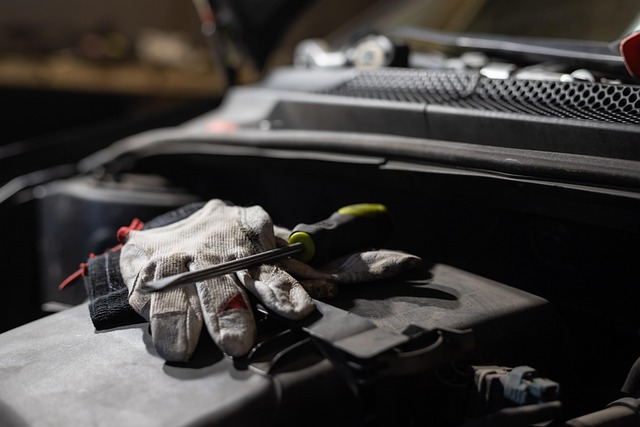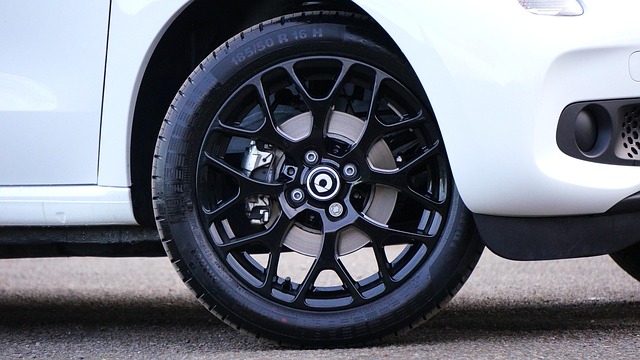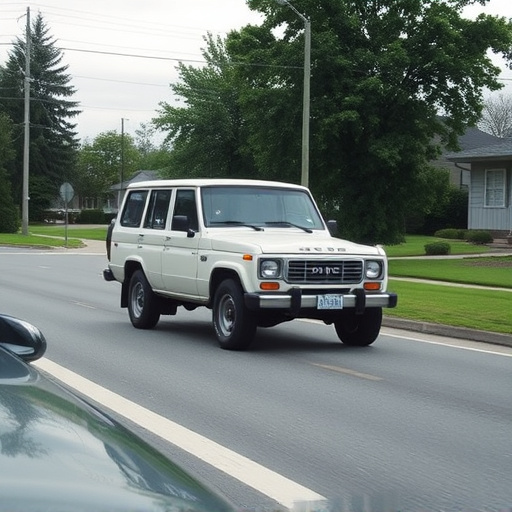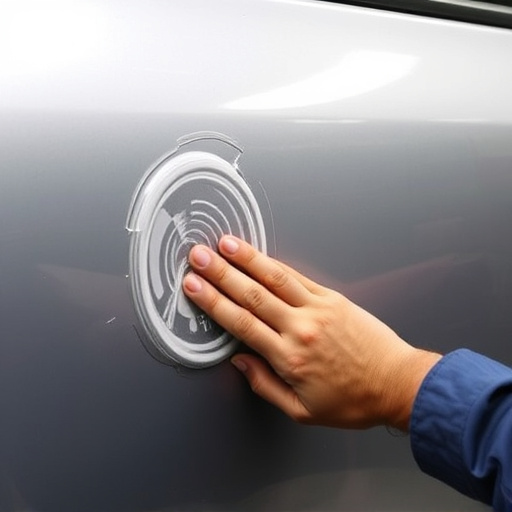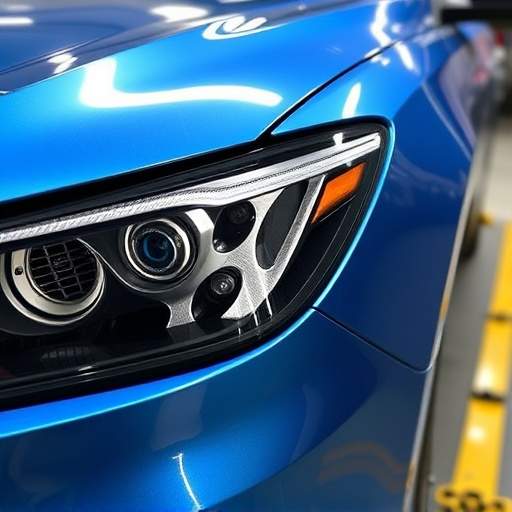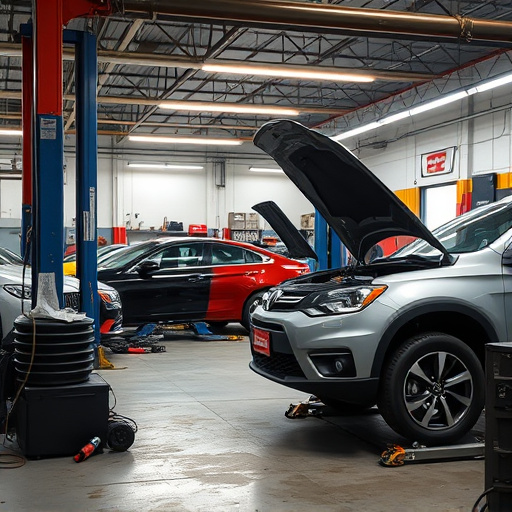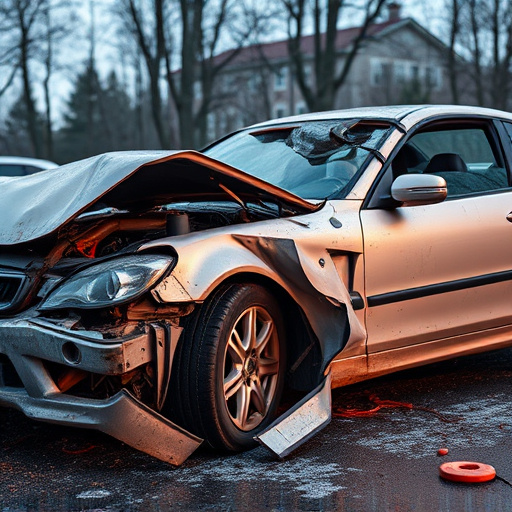Hail damage dent repair has advanced significantly due to technology, employing various tools and techniques based on damage severity, vehicle type, and desired outcome. From minor dents fixed with plastic maling to extensive repairs using robotic welding and CAD systems, experts use specialized equipment like pneumatic dent pullers, heat guns, and 3D imaging for precise, environmentally friendly repairs, restoring both exterior and overall vehicle value, including Mercedes-Benz collision repair.
In regions prone to severe weather, hail damage dent repair is a crucial service that ensures vehicles maintain their aesthetic appeal and structural integrity. Understanding the latest techniques and tools available can significantly impact efficiency and quality of repairs. This article delves into the art and science of hail damage dent repair, exploring traditional methods and modern innovations. From top-tier tools to cutting-edge technology, discover how professionals are revolutionizing the process, ensuring flawless results for every vehicle affected by these natural phenomena.
- Understanding Hail Damage Dent Repair Techniques
- Top Tools for Efficient and Precise Repairs
- Modern Innovations in Hail Damage Restoration Technology
Understanding Hail Damage Dent Repair Techniques
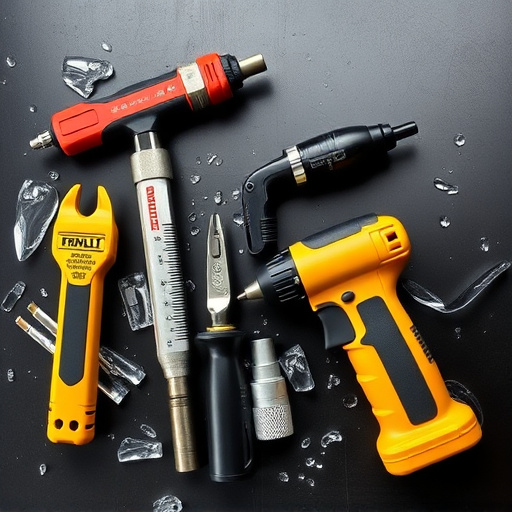
Hail damage dent repair involves a range of techniques that have evolved significantly over time, driven by advancements in technology and an increased demand for precision and efficiency. The primary goal is to restore vehicles to their pre-incident condition, minimizing visible imperfections and ensuring structural integrity. Techniques vary based on the severity of the hail damage, the type of vehicle, and the desired outcome.
For minor dents, methods like plastic maling and air bags are employed. Plastic maling involves using a specialized tool to gently push out the dent from behind the panel, while air bags fill the gap with compressed air, creating an even surface. More extensive damage may require more complex procedures such as robotic welding and computer-aided design (CAD) systems for precise measurements and adjustments. Collision repair services often utilize Mercedes Benz collision repair techniques and tools that are specific to various vehicle makes and models, ensuring expert care tailored to each case. Vehicle body shops leverage these advanced tools and methods to deliver high-quality hail damage dent repair, restoring not just the exterior but also the overall value and appearance of the vehicle.
Top Tools for Efficient and Precise Repairs
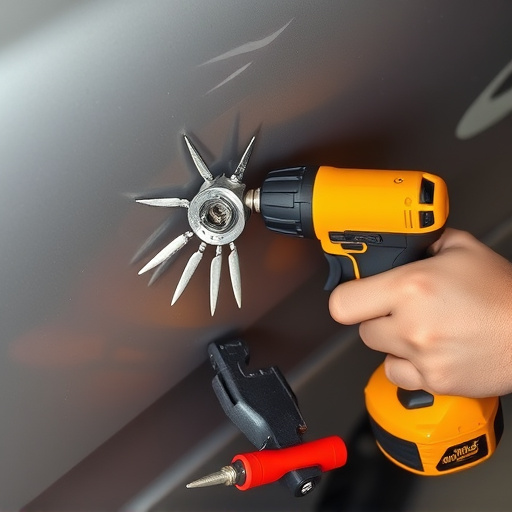
In the realm of hail damage dent repair, professionals rely on a diverse set of tools to achieve efficient and precise results. The market offers a plethora of options tailored to different types of repairs, from minor dents to significant car body restoration. One of the most essential tools is the pneumatic dent puller, which uses compressed air to gently remove dents without damaging the paintwork, making it ideal for various vehicles, including Mercedes-Benz collision repair.
Another game-changer in hail damage dent repair is the use of putty knives and plastic shavers. These tools enable technicians to shape and smooth out dents precisely, ensuring a flawless finish that matches the car’s original specifications. For more intricate bumper repair jobs, heat guns and temperature-controlled guns are invaluable assets. They allow for controlled heating and cooling, facilitating the removal of stubborn dents while minimizing the risk of paint damage, thus enhancing the overall quality of repairs.
Modern Innovations in Hail Damage Restoration Technology
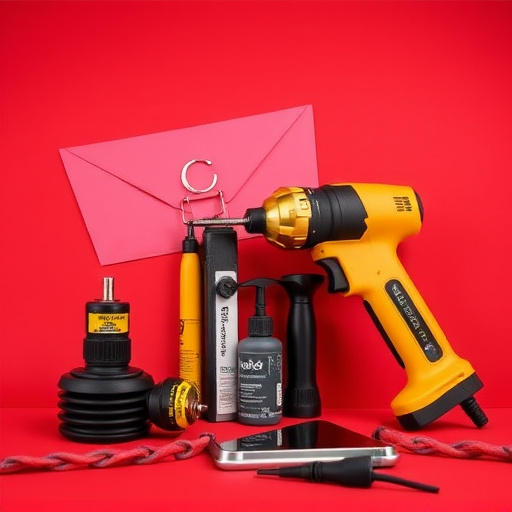
The field of hail damage dent repair has witnessed significant advancements thanks to modern innovations in restoration technology. One notable development is the introduction of advanced tools and equipment that streamline the process, making it more efficient and cost-effective. For instance, modern dent removal tools utilize precision engineering and innovative materials to effectively correct dents without damaging the vehicle’s paintwork. These tools often incorporate smart sensors and AI algorithms to analyze and repair damage with remarkable accuracy.
Additionally, the auto repair industry has embraced digital solutions, such as 3D imaging and computer-aided design (CAD), to create detailed repairs plans. This technology allows for more precise fender repair and ensures that every dent is addressed accurately. Furthermore, environmental considerations have led to the development of eco-friendly repair methods, including the use of sustainable materials and reduced chemical solvents, making the process greener without compromising on quality. These modern innovations in hail damage restoration not only enhance the speed and accuracy of repairs but also contribute to a more sustainable auto repair industry.
In the realm of hail damage dent repair, understanding modern techniques and utilizing the best tools is essential for efficient, precise, and effective restoration. By embracing innovative technology and top-tier tools, professionals can significantly enhance the quality and speed of repairs, ensuring vehicles return to their pre-damaged states. As the demand for swift and reliable hail damage dent repair grows, staying informed about these advancements will continue to be crucial for both professionals and vehicle owners alike.
